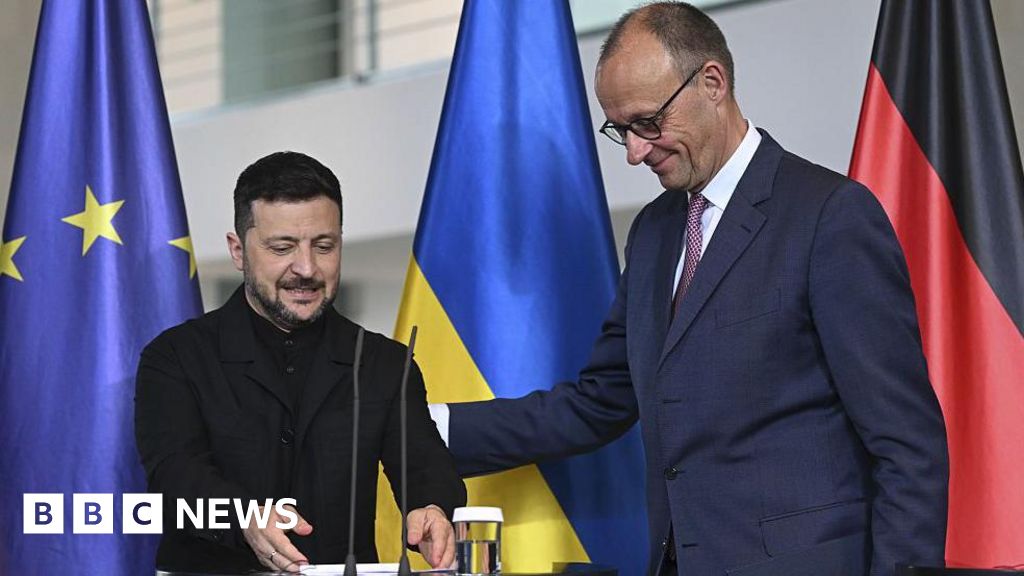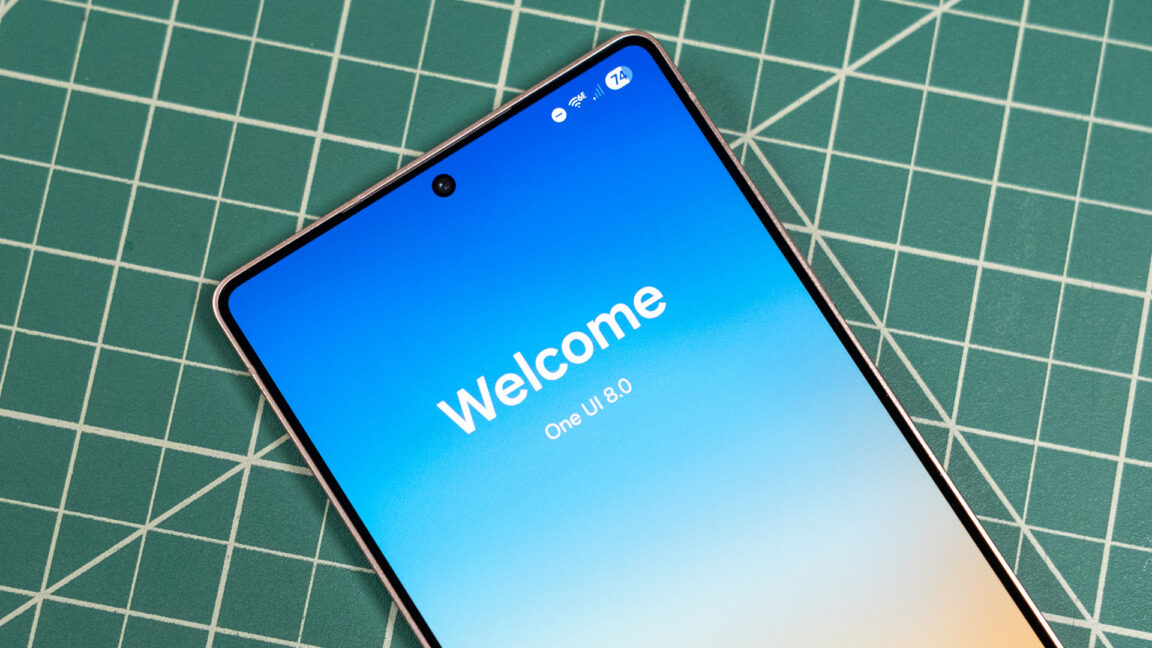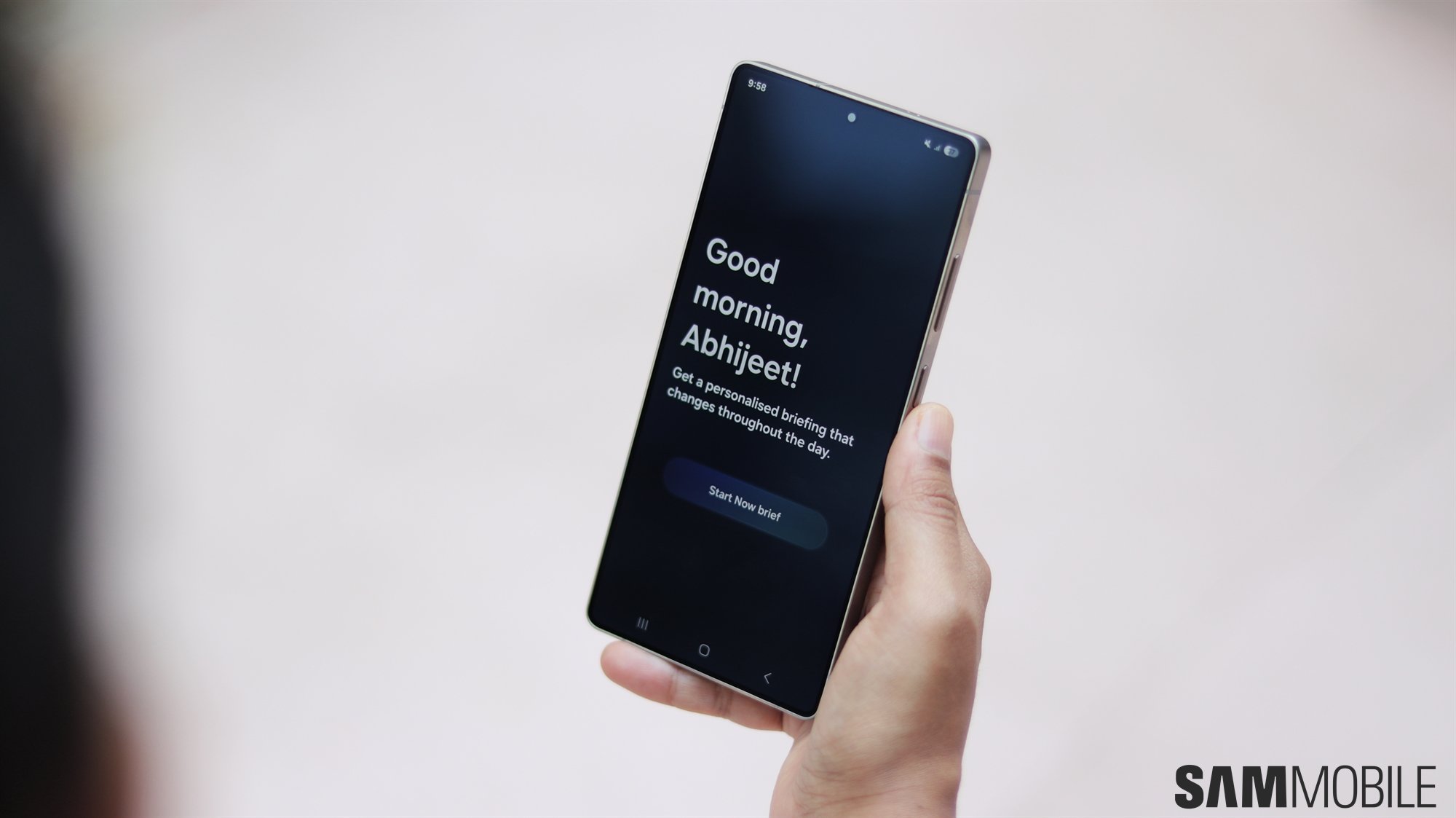MIRAMAR BEACH, Fla. — Along a carpeted hallway within the Sandestin Hilton, Brian Kelly is mid-conversation when a man interjects. “Hey,” the man said toward the LSU football coach, “you asked great questions today during our presentation!”
The man continued onward, leading a team of about a half-dozen people through the lobby of this place. They are members of the Deloitte leadership and implementation team operating college sports’ new NIL clearinghouse dubbed “NIL Go.”
Advertisement
Presenting in front of SEC coaches here on Tuesday — a question-and-answer session too — Deloitte representatives walked them through the intricacies and concepts of the much-ballyhooed clearinghouse, the industry’s new, somewhat controversial method to prohibit booster payments to athletes.
While the presentation garnered rave reviews, uncertainty and doubt still lingers from coaches and others on the clearinghouse’s legal sustainability and enforcement method.
There’s so much uncertainty, says Georgia coach Kirby Smart, that some schools are promising high school recruits and transferring players third-party NIL deals as part of their compensation package despite an important fact: None of those deals can be approved by a clearinghouse that hasn’t fully launched.
But more concerning, says Smart, is that some school-affiliated, booster collectives are currently compensating high school players — upwards of $20,000 a month — to remain committed and eventually sign with their school.
Advertisement
“Teams that are unusually good at recruiting right now are doing it. Kids are getting money, but if you decommit, you owe that money back,” Smart said. “These are high school kids getting money from an entity not affiliated with the university but is a collective of the university.”
Pressed to identify the schools, Smart said none of them are in the SEC, but the schools “are signing kids [to contracts] right now and paying upfront through an outside collective.”
It is the latest maneuver from athletic departments to take advantage of this murky, unregulated space as college sports transitions the way in which it compensates athletes — from booster-backed collectives to direct school revenue sharing, a move scheduled to be finalized July 1 if the House settlement is approved.
In the meantime, it is a free-for-all. But not for long, says Kelly.
College sports’ new NIL clearinghouse will be charged with ensuring deals involving players are legit. (Getty creative image)
(zimmytws via Getty Images)
Three days after the settlement is approved — if it is approved — the “NIL Go” clearinghouse is expected to begin processing athlete NIL contracts. Athletes must submit to the clearinghouse all deals valued at more than $600. Deloitte is using a fair market value algorithm to create a “compensation range” for NIL deals to assure they are not the fabricated contracts that boosters have struck with athletes for years.
Advertisement
Smart expects a “mass run” on submissions to the clearinghouse from schools attempting to test the entity to determine just “how much can I get outside the cap,” he said.
“Every team is going to put pressure on Deloitte to say, ‘I need to know! I’m promising this money outside of the cap!’” Smart told Yahoo Sports.
It could get tricky.
The officials from the Deloitte-run clearinghouse “NIL Go” — the centerpiece of the new enforcement entity, dubbed the “College Sports Commission” — is sharing data with coaches and athletic directors, including that 70% of past deals from booster collectives would have been denied. Deloitte also shared that about 80% of NIL deals with public companies were valued at less than $10,000 and 99% of those deals were valued at less than $100,000 — figures that suggest the clearinghouse threatens to significantly curtail the millions of dollars that collectives are distributing to athletes.
Advertisement
“If you got some mucky deals going on right now, you’d better be careful,” warned Kelly. “These deals have got to be for a valid business purpose. A lot of [previous] deals would have never gotten through.”
Even some of those currently being promised to recruits are at risk of rejection by the clearinghouse, coaches and administrators tell Yahoo Sports. For example, schools are guaranteeing to recruits that a portion of their compensation will be derived from third-party deals. An example of this might be a school guaranteeing a player an entire compensation package of $500,000: $300,000 from the school in revenue share plus $200,000 more in third-party endorsement deals that would, presumably, not count against a school’s revenue-share cap.
What if these third-party deals don’t get approved?
“That’s a risk,” Smart told Yahoo Sports. “Schools are going to either default on a contract, or have lied, or have been right and they gain a player for it.”
Advertisement
Such a contract is actually prohibited by new rules. Administrators learned of that during a call with House implementation committee members earlier this spring. No third-party NIL deals — including those from multi-media rights companies, apparel brands and corporate sponsors — can be guaranteed to athletes as part of their revenue-sharing contracts from schools.
However, uncertainty still lingers about all of this.
Many legal experts believe that the clearinghouse concept will trigger a bevy of legal challenges, but Texas A&M athletic director Trev Alberts believes in the new entity. He is one of 10 administrators from the Big Ten, Big 12, ACC, SEC and Pac-12 on the implementation committee.
“The reality is not a lot of people understand it or know about it, which leaves them to [say], ‘It won’t work!’ ‘It won’t be fair!’ ‘They don’t know what they’re doing!’” Alberts said from meetings on Tuesday. “The system has to be given a chance.”
Advertisement
For now, the system cannot formally launch until a decision from a California judge is made over the House settlement. A decision to approve or deny the settlement has, for nearly two weeks, been in the hands of Judge Claudia Wilken. She’s on her own timeline.
Meanwhile, Alberts acknowledges the jockeying from schools in an attempt to exceed the cap with third-party contracts.
“Everybody is trying to figure out fair market value NIL,” he said. “At the end of the day, we’re all looking for a competitive advantage. What is real is you have rev-share amount and scholarship amount, but what is undefined is how much fair market value deals can you get through NIL Go.
Advertisement
“The institutions most successful in getting that done, if you can organically grow your cap by $3-5 million per institution, you have more resources as others.”
An affiliation agreement being circulated throughout the power conferences requires schools to abide by the new enforcement rules, even if their state law contradicts them, and waives their right to sue over enforcement decisions. The agreement aims to, above all, protect the clearinghouse’s decisions, exempting it from lawsuits from schools and preventing those schools from circumventing the settlement’s compensation cap through affiliated entities such as collectives.
Alberts calls the agreement “critically important.”
“We are all defendant schools and conferences and you inherently agree to this,” he said. “I sat in the room with all of our football coaches, ‘Do you want to be governed?’ The answer is yes.”









 English (US) ·
English (US) ·